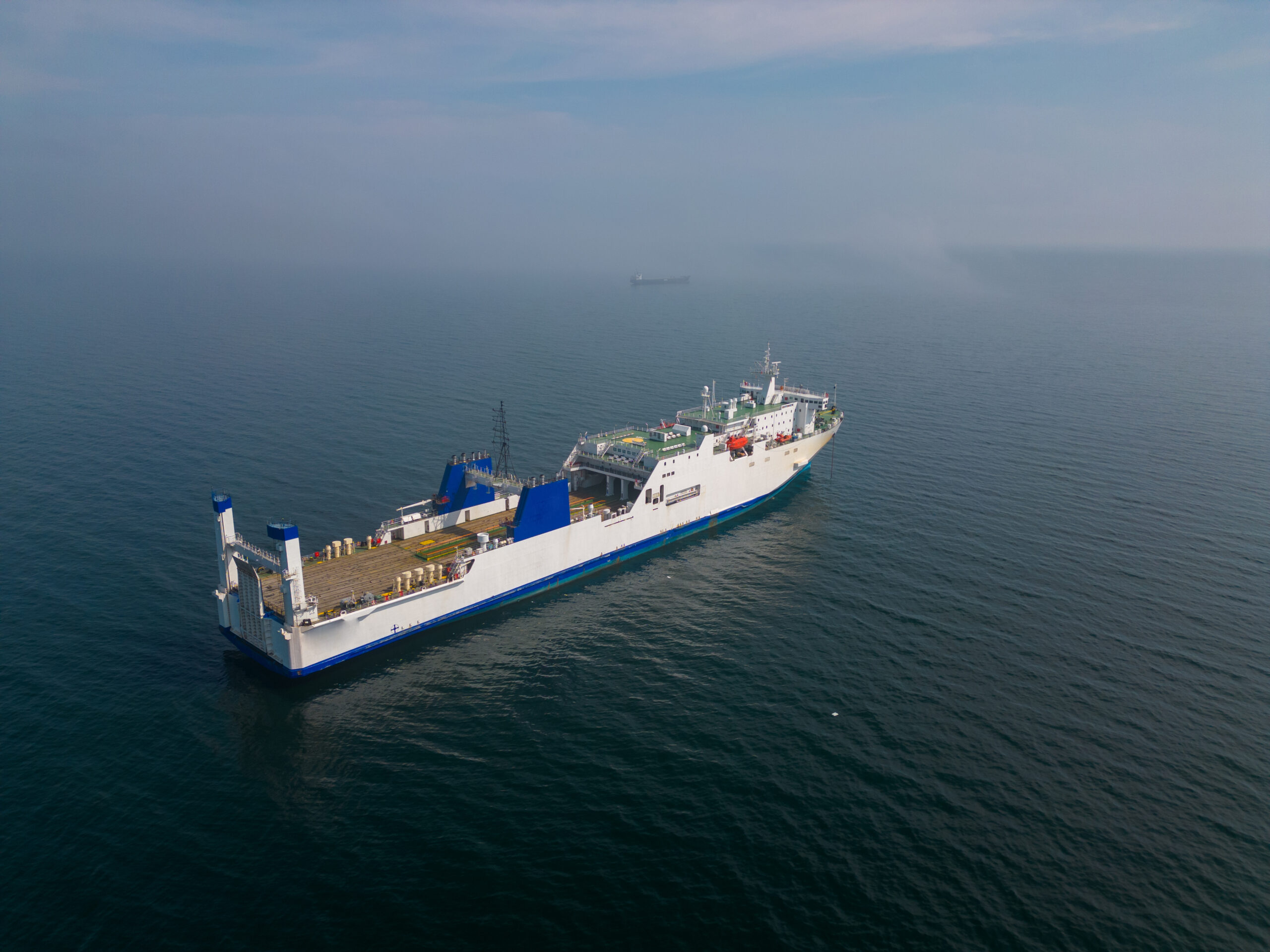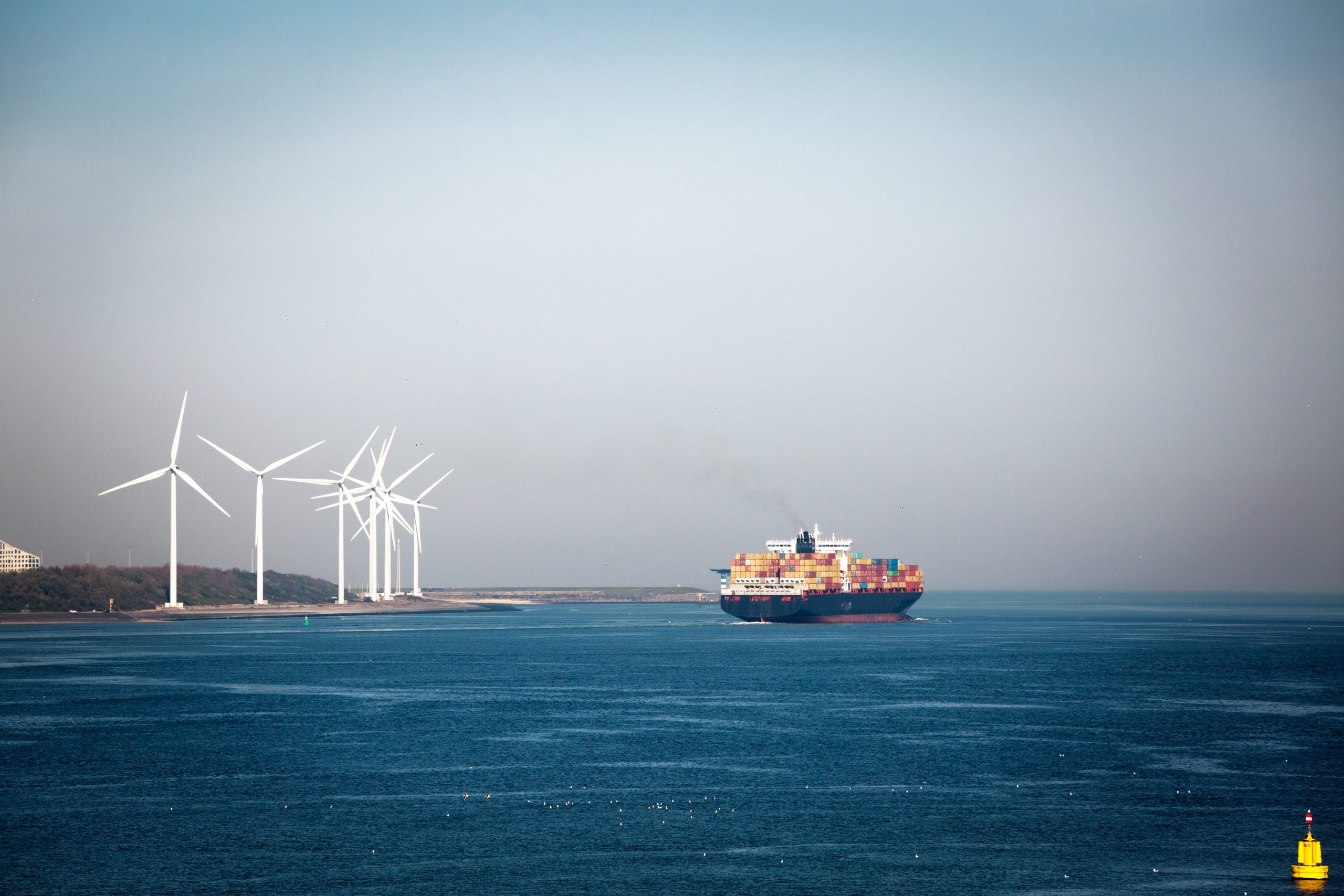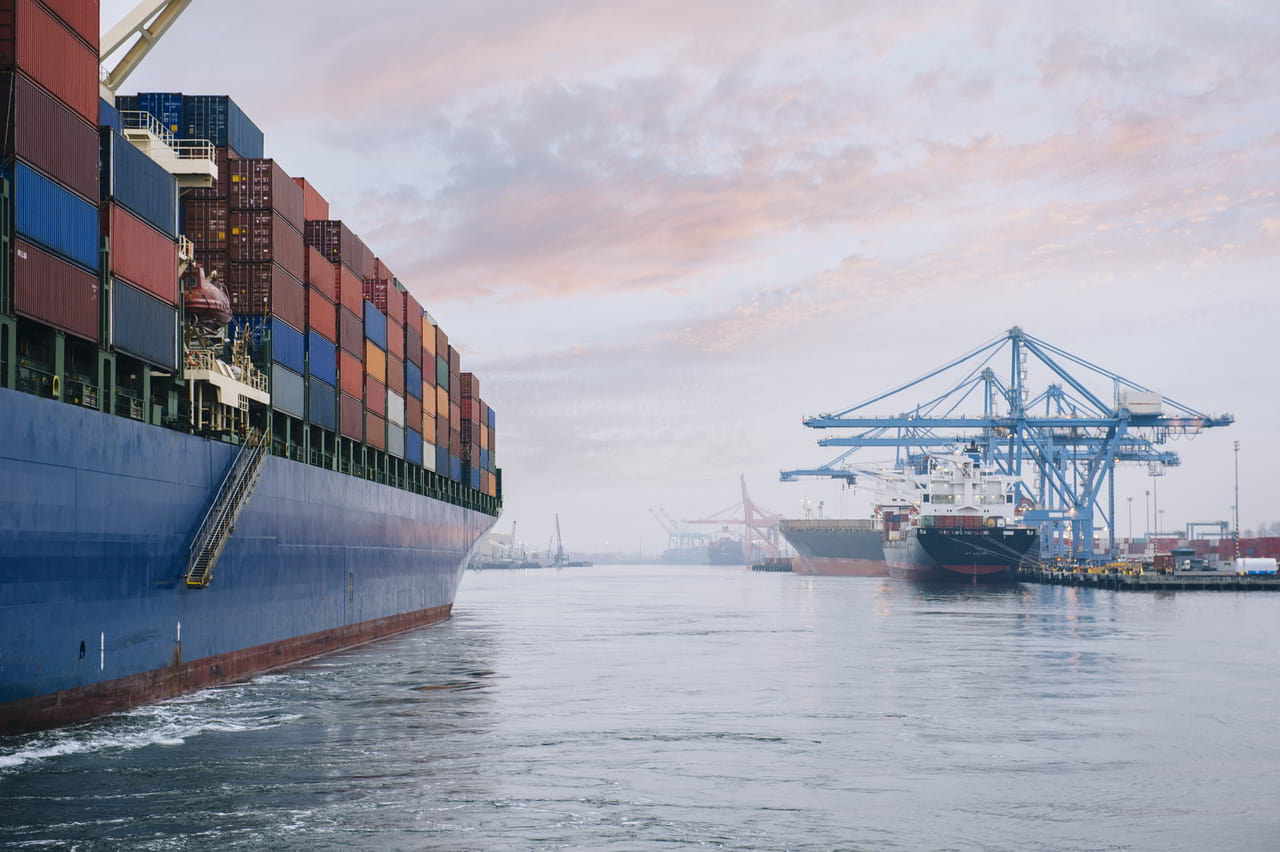Globally, the maritime industry is under growing pressure to reduce its carbon footprint. The International Maritime Organization (IMO) reports that shipping accounts for around 3% of annual global carbon dioxide emissions — due in large part because heavy fuel oil and marine diesel oil are typically preferred fuel choices.
Hydrogen, however, is fast emerging as a cleaner, scalable fuel alternative that could be a key driver for the industry’s road to net zero. It burns clean and emits only water when used in a fuel cell, plus enables faster refuelling and higher energy density compared to batteries, making it more viable for large vessels and long-haul shipping.
When considering hydrogen, it’s important to remember that it has two forms that are most relevant to the decarbonisation agenda: green hydrogen and blue hydrogen. They differ in how they are produced and come with unique benefits and limitations. Let’s take a look at them both.
Understanding blue hydrogen
Blue hydrogen is made by reforming natural gas — which is a type of fossil fuel — into hydrogen and carbon dioxide via a process known as steam methane reforming. Part of this involves using carbon capture and storage (CCS) technologies to capture carbon dioxide (CO₂) emissions generated. It’s essential to its definition as ‘blue’ hydrogen instead of ‘grey’ hydrogen, which is akin to burning fossil fuels in terms of CO₂ emission levels produced.
While not completely emissions-free, blue hydrogen offers significant environmental advantages over conventional fossil fuels because CCS is capable of capturing around 85 to 95% of CO₂ emissions. It also doesn’t emit pollutants such as sulphur oxides, nitrogen oxides and particulate matter, which fossil fuels do.
Another important advantage of blue hydrogen is that it can leverage existing natural gas pipelines and infrastructure to scale up quickly. This enables a more consistent production process and stabilises supply availability, thus allowing blue hydrogen to be adopted more easily. Unsurprisingly, it’s often thought of as a transitional fuel for maritime companies looking to take their first steps into decarbonisation.
Understanding green hydrogen
Green hydrogen is produced via electrolysis, where water is split into hydrogen and oxygen using electricity generated from renewable sources such as wind or solar. Because no carbon emissions are involved at any stage, green hydrogen is considered the cleanest form of hydrogen and makes it ideal for companies looking to meet IMO decarbonisation targets.
Like blue hydrogen, green hydrogen doesn’t emit pollutants — but it goes a step further by being the only hydrogen type that is truly zero-carbon across its entire lifecycle if powered by renewables. It can be stored onboard or supplied via bunkering infrastructure and used in a variety of propulsion systems, including fuel cells and internal combustion engines adapted for hydrogen.
Several key hurdles remain to the mainstream adoption of green hydrogen. These include a high upfront capital cost, as well as needing large quantities of water for production. Additionally, the infrastructure for hydrogen storage, transport, and bunkering, as well as global production volume, simply isn’t there yet. However, with global investment in green hydrogen projects accelerating, costs are expected to drop significantly over the next decade.
In fact, the International Renewable Energy Agency (IRENA) forecasts that green hydrogen could become cost-competitive with blue hydrogen by the early 2030s—possibly sooner in regions with abundant renewables.
Go blue or go green?
Many companies are choosing to adopt a phased approach by incorporating blue hydrogen as a transitional fuel while planning to switch to green hydrogen as the infrastructure improves and costs drop. You could try using pilot projects to test small-scale adoption and gather data on performance, fuel availability, and regulatory compliance. The good news is that the equipment (e.g. fuel cells, tanks) is agnostic to the source of hydrogen.
Why the hydrogen question matters
Decarbonisation isn’t just an ideal — it’s now an objective that companies must strive to comply with or face real repercussions. The IMO has set a target to cut shipping emissions by 50% by 2050 (compared to 2008 levels), with tighter rules expected in the coming years. This has created strong regulatory tailwinds for zero-emission marine fuels.
For instance, the European Union’s FuelEU Maritime regulation will require ships to use cleaner fuels starting in 2025. Green shipping corridors are being developed to connect ports with hydrogen and ammonia bunkering capabilities. Even here in Singapore, the government has introduced a Maritime Decarbonisation Blueprint that supports low- and zero-carbon fuel adoption — including hydrogen.
This momentum is making hydrogen maritime solutions increasingly attractive for long-term investment and compliance, which is why maritime companies need to start developing an understanding of hydrogen’s potential as the new fuel standard and planning their adoption timeline so that they won’t get left behind.
Fuel of the future
Both green and blue hydrogen will likely play important roles in the maritime decarbonisation agenda in the short to medium term. As the industry charts a new course, one angle to consider is that perhaps the ideal choice isn’t either blue hydrogen or green hydrogen, but both at different phases — tailored to your region, fleet, and decarbonisation goals.
Looking to explore hydrogen fuel cell technology for your fleet? At Proteus Energy, we are an experienced provider of integrated fuel cell power solutions and hydrogen storage solutions designed specifically to help fleets make real progress on their decarbonisation journey. Book a consultation with us today to work together towards achieving a more sustainable future.




